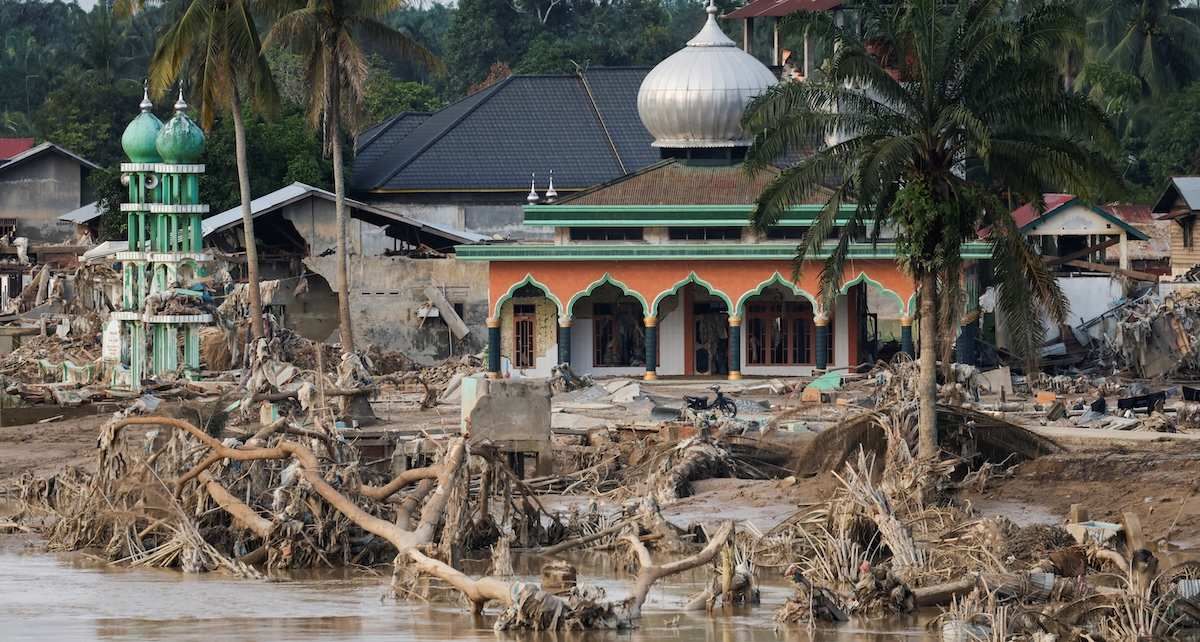News
September 02, 2019
10,000: Around 10,000 students boycotted the first day of school in Hong Kong on Monday, the latest twist in the Chinese territory's pro-democracy protests. The walk-out follows a tense weekend in which protesters threw fire-bombs and police beat and pepper-sprayed people in the Hong Kong Metro.
21.2: The average tariff applied to Chinese products crossing the US border hit 21.2 percent on Sunday after the latest round of US trade levies took effect. That's up from an average of 3.1 percent at the beginning of the Trump administration. The figure is due to rise further in December if the two countries can't find a way to resolve their escalating trade dispute.
882,000: Colombian president Ivan Duque is offering an $882,000 bounty for the capture of former FARC leaders who appeared in a video recording last week calling for followers to resume their armed struggle against the government. It's the latest sign that the 2016 peace deal that ended the guerilla group's 50-year Marxist insurgency is in danger of falling apart.
18: The US war in Afghanistan turns 18 years old next month. On Sunday, the US lead negotiator said the country was "at the threshold" of an agreement with the Taliban, which is expected to involve the withdrawal of roughly 14,000 US troops and other foreign forces from the country. Over the weekend, the Taliban stepped up a military offensive in northern Afghanistan.
More For You
Most Popular
Fishing boats moored at Taganga Beach, as fishermen express concern over unclear US government videos showing strikes on vessels during anti-narcotics operations, amid fears that those targeted may have been fishermen rather than drug traffickers, in Santa Marta, Colombia, on October 20, 2025.
REUTERS/Tomas Diaz
Walmart’s $350 billion commitment to American manufacturing means two-thirds of the products we buy come straight from our backyard to yours. From New Jersey hot sauce to grills made in Tennessee, Walmart is stocking the shelves with products rooted in local communities. The impact? Over 750,000 American jobs - putting more people to work and keeping communities strong. Learn more here.
© 2025 GZERO Media. All Rights Reserved | A Eurasia Group media company.
